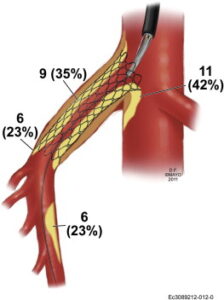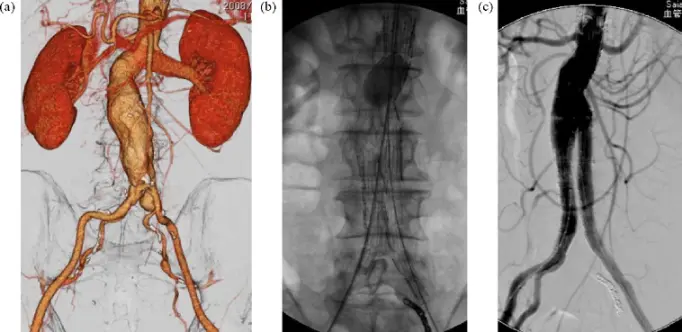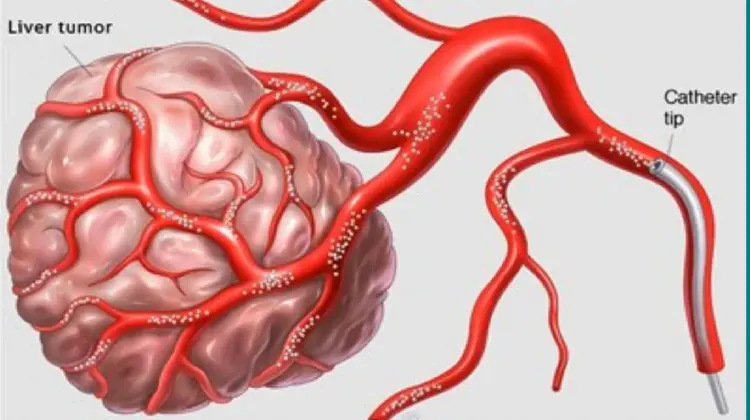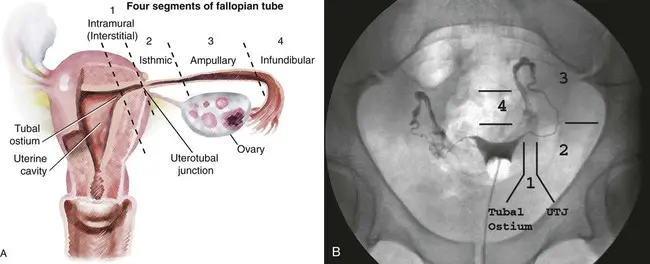1. Superior Mesenteric Artery (SMA) Stenting:
- SMA stenting is a minimally invasive procedure in which a stent, a small mesh-like tube, is placed in the superior mesenteric artery to treat narrowings (stenoses) or blockages that can impede blood flow to the intestines.
- Indications: SMA stenting is commonly used to treat conditions like chronic mesenteric ischemia, which occurs when there is reduced blood flow to the intestines due to narrowed or blocked arteries. This condition can lead to severe abdominal pain after eating (intestinal angina) and can result from atherosclerosis or other vascular diseases.
- Procedure: During the procedure, a catheter is threaded through a small incision, often in the groin, and advanced into the SMA under fluoroscopic guidance. The stent is then deployed at the site of the blockage to restore normal blood flow.

2. Celiac Artery Stenting:
- Celiac artery stenting is a similar procedure to SMA stenting, but it involves the celiac artery, which supplies blood to the stomach, liver, spleen, and upper part of the intestines. Like SMA stenting, celiac artery stenting is used to treat stenoses or blockages in the celiac artery.
- Indications: Celiac artery stenting is often performed to treat conditions like chronic mesenteric ischemia that affect the blood supply to the abdominal organs, leading to symptoms such as abdominal pain, weight loss, and digestive issues.
- Procedure: The procedure is carried out similarly to SMA stenting, with a catheter inserted through an incision, usually in the groin, and advanced into the celiac artery. The stent is placed at the site of the blockage to restore proper blood flow.
Benefits of Stenting:
- Stenting these arteries can effectively open narrowed or blocked vessels, improving blood flow to the abdominal organs and alleviating symptoms associated with reduced perfusion.
Considerations:
- Stenting is a minimally invasive alternative to surgical revascularization procedures, which are more invasive and may require longer recovery times.
- The choice between SMA or celiac artery stenting depends on the specific vascular condition and the location of the blockage.




